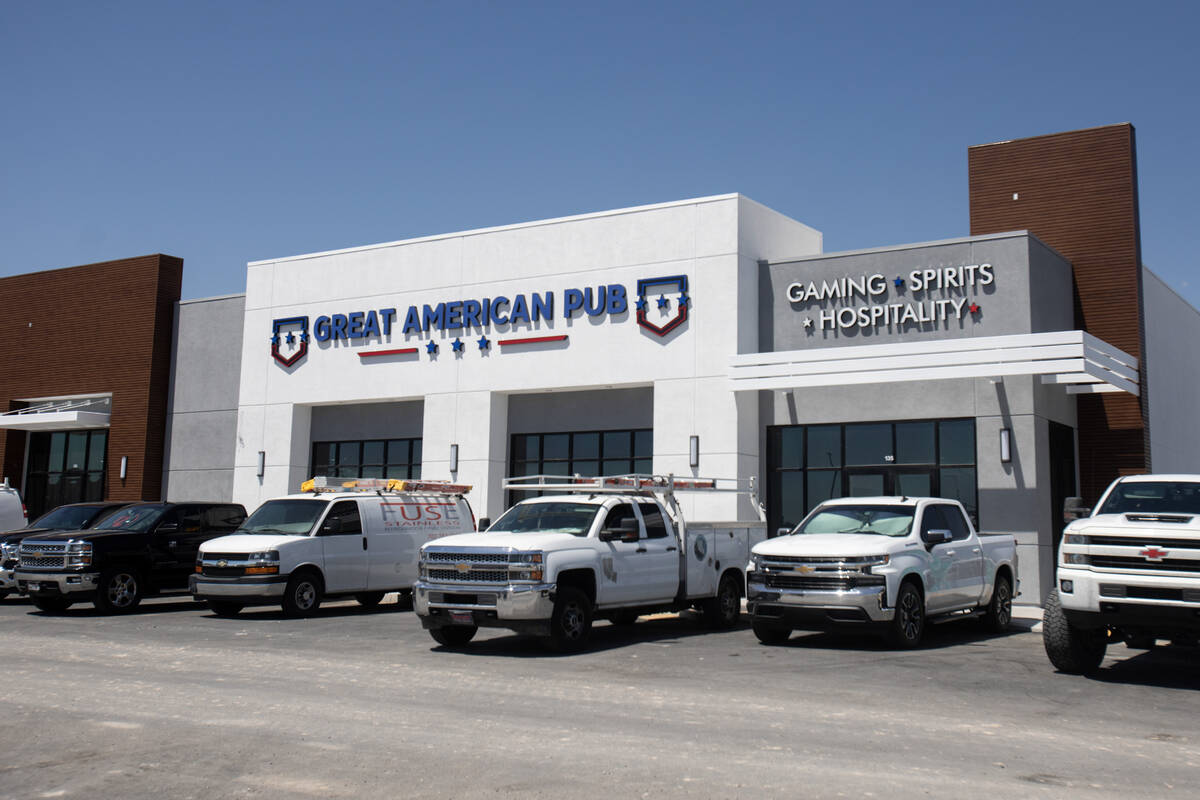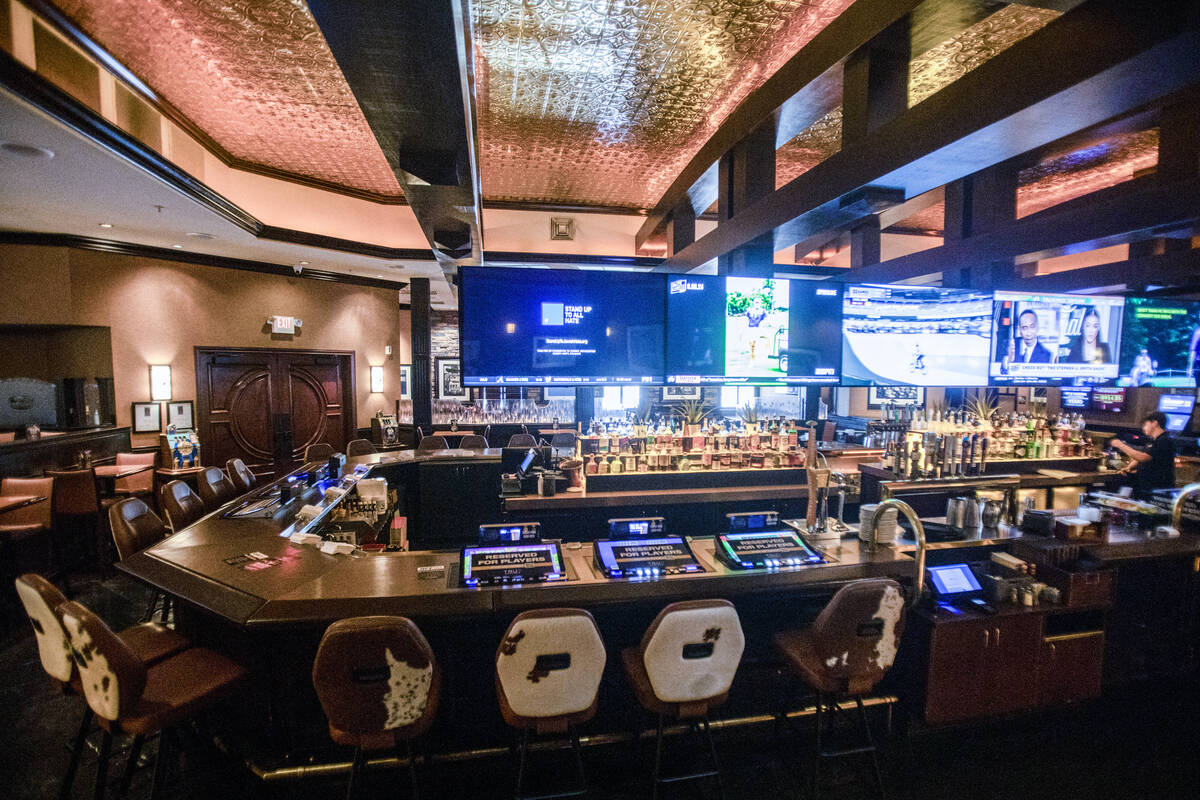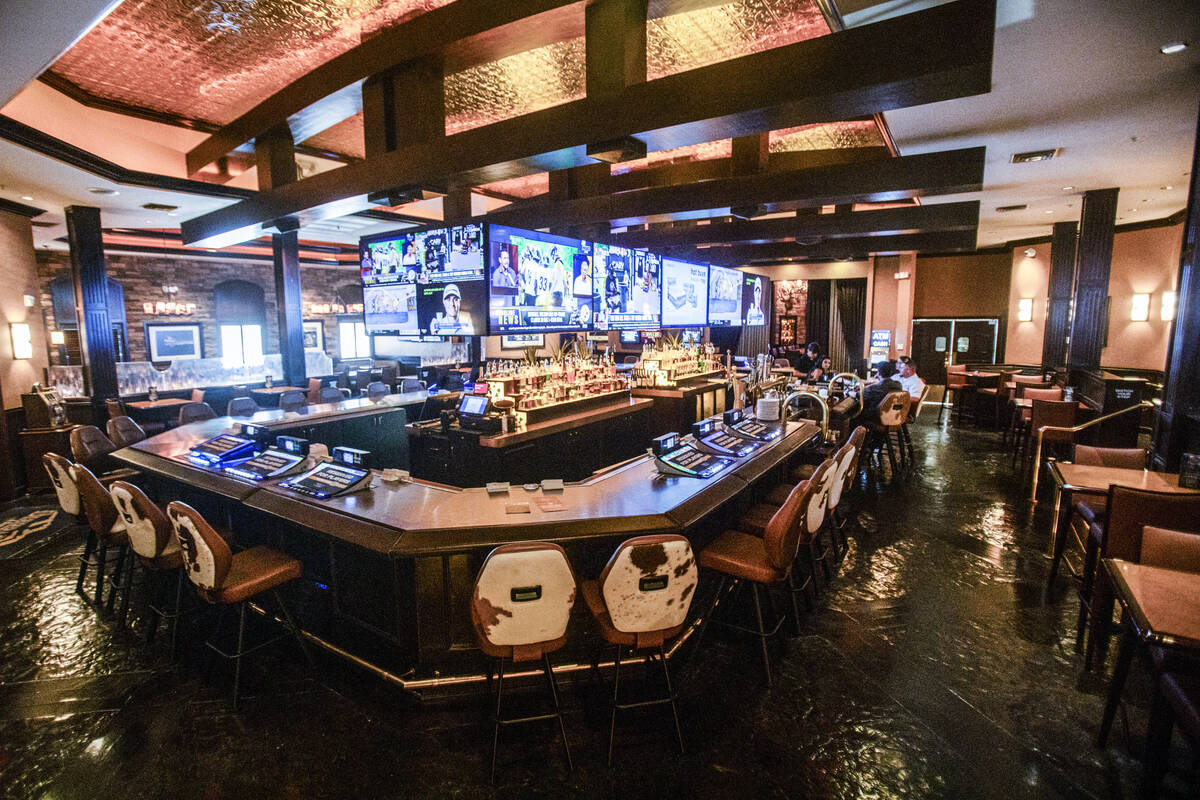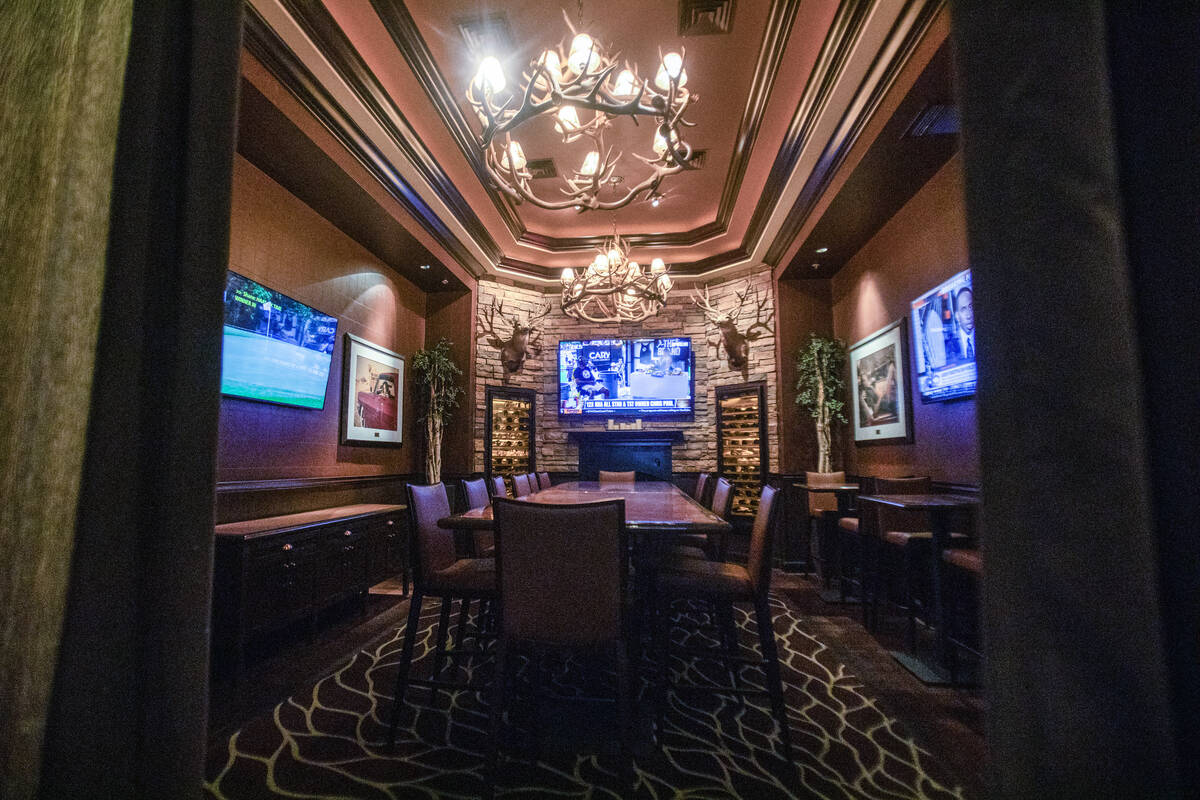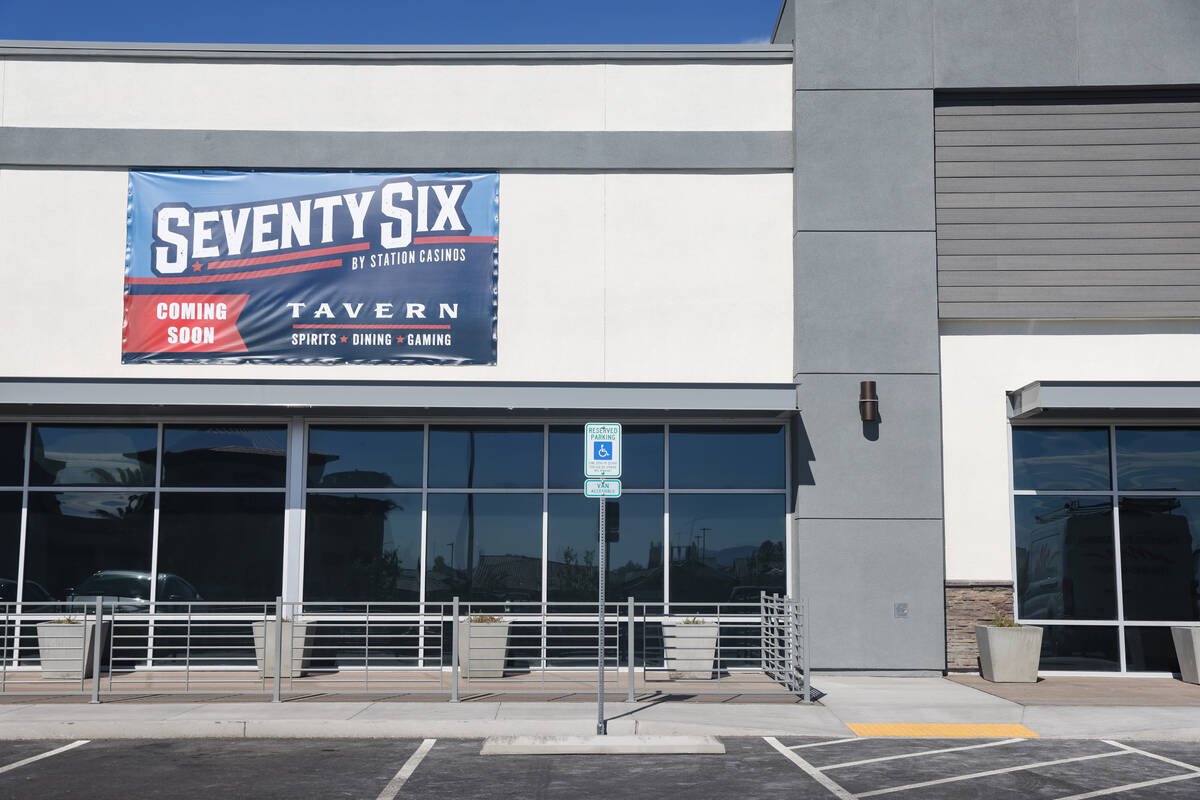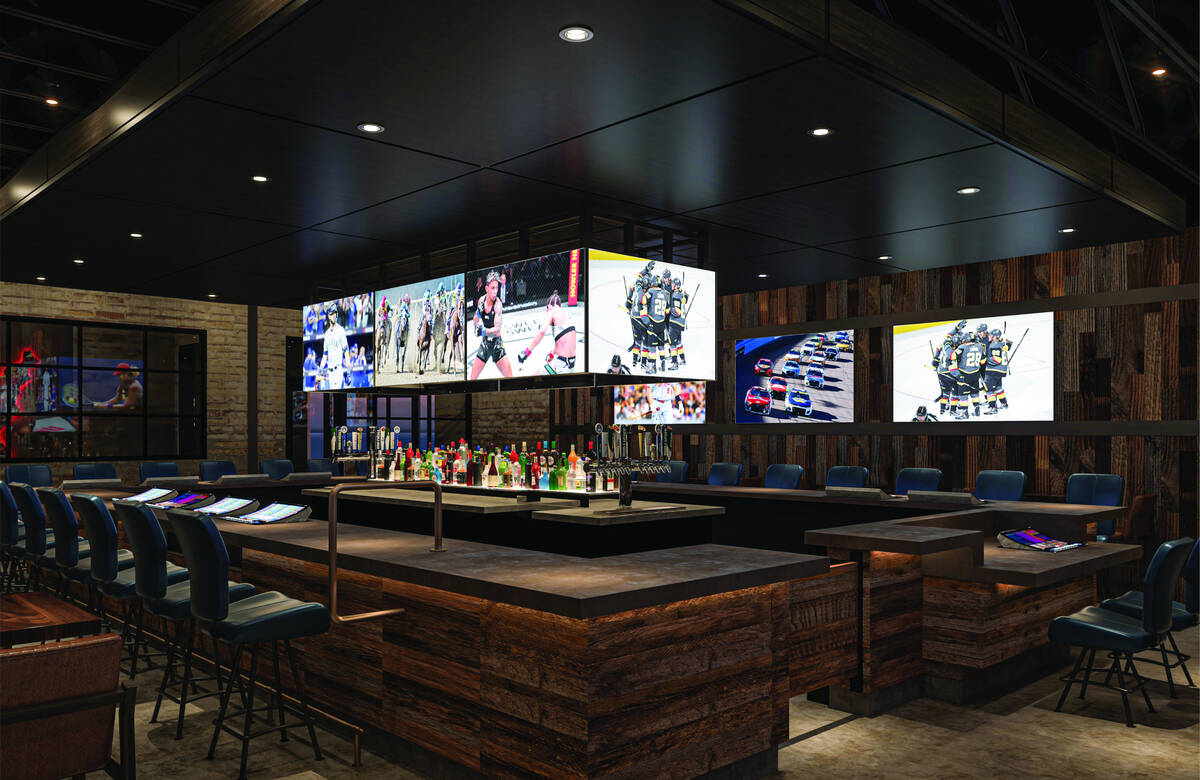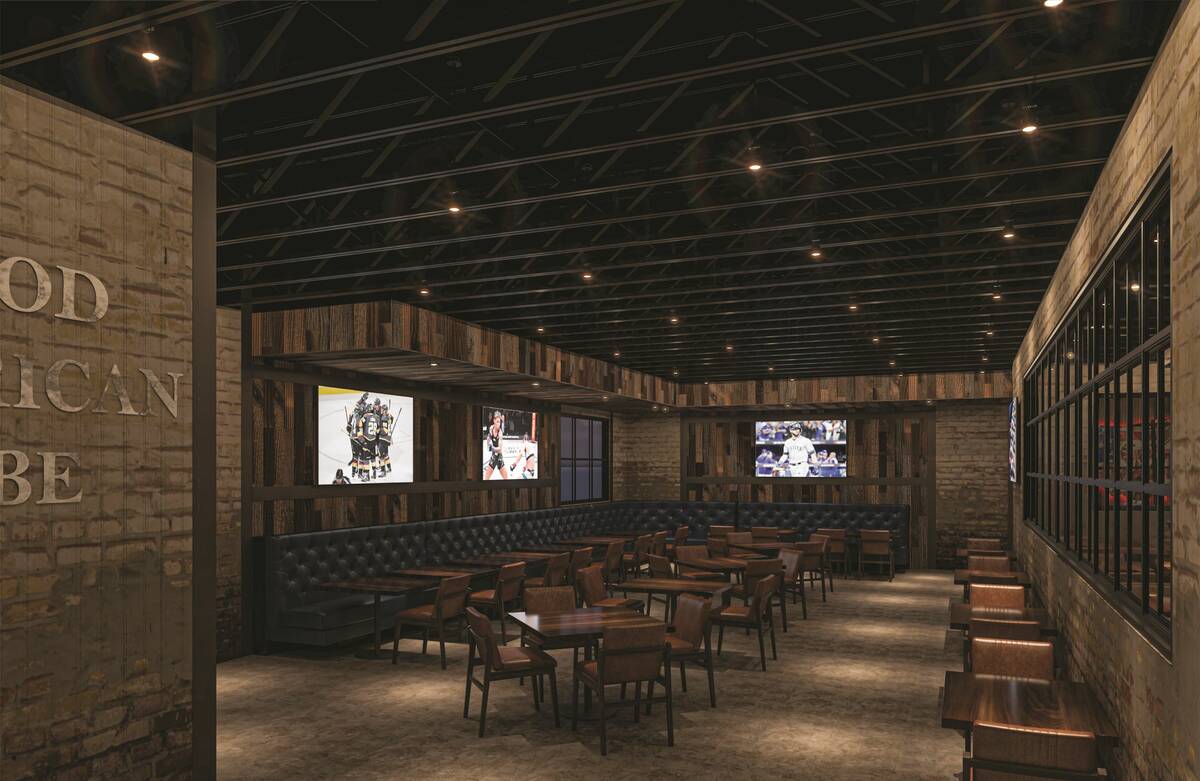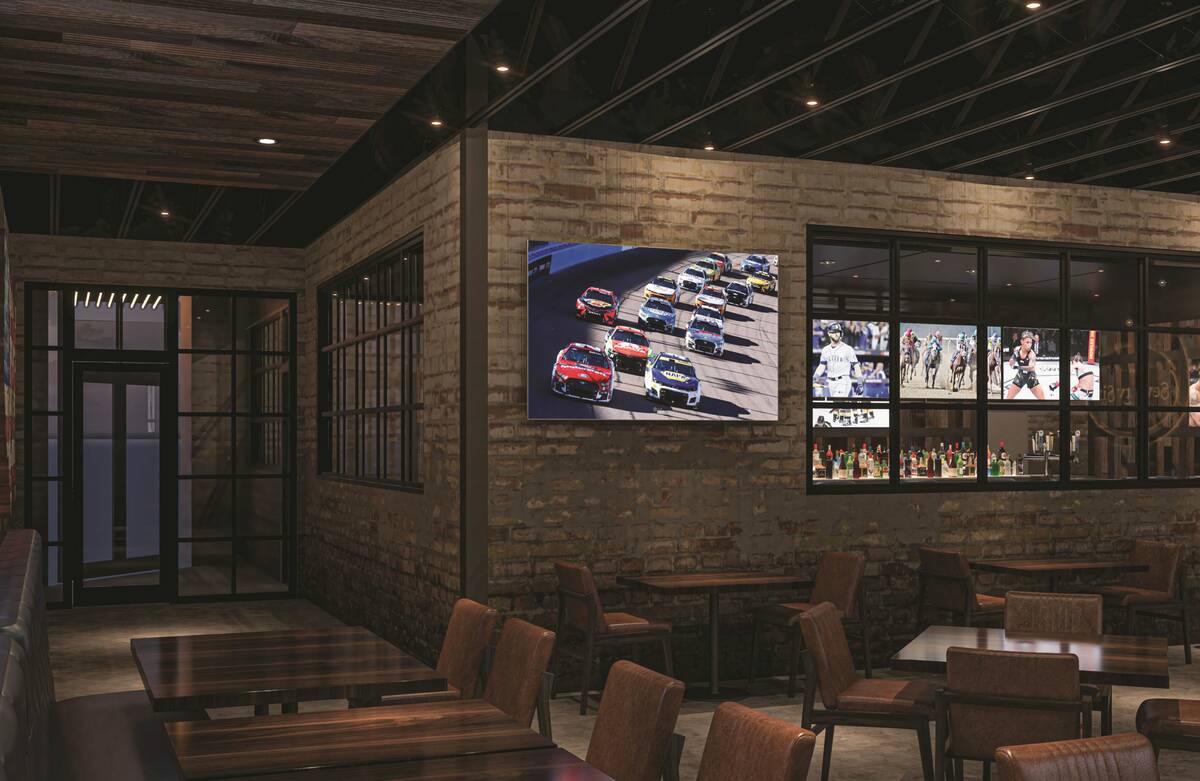Why the tavern business is growing in Clark County
Clark County residents have more options of where to play video poker and grab a bite as some gaming operators see opportunities for growth in taverns and other restricted licensed spots.
Some Southern Nevada gaming operators are expanding their tavern verticals, falling in line with the rising number of restricted license gaming locations in Clark County. The county has added 92 new locations since 2019, a 6.5 percent increase, reaching 1,512 licenses, according to state data. It’s also up roughly 3 percent from its previous peak in 2007.
Some experts say the growth could be in line with expectations – as the community grows, so too does its convenience stores and food and drinking places, complete with gaming machines. Others point out that it’s a sign of diversification in the locals gaming industry.
Clark County sees growth in restricted licenses
Restricted licenses are limited gaming licenses for places that generally operate 15 machines or fewer. The businesses licensed must have operations that go beyond gaming revenue. Most commonly, those licensees are convenience stores, followed by taverns and full service restaurants, then grocery stores and package liquor stores, according to Clark County data.
Statewide data shows modest growth in recent years. There have been 70 new licensed locations since 2019, an increase of 3.5 percent, according to data provided by the Nevada Gaming Control Board. The total is still down from its peak of 2,213 restricted locations in 2007.
Mike Lawton, senior economic analyst at the Gaming Control Board, said Clark County still had more restricted slot machines than locations, suggesting that the increase in licensed locations was most attributable to more convenience store locations – those are limited to no more than seven machines.
Still, residents may notice a renewed attention to gaming taverns in Clark County, especially in growing areas of the valley. Restaurant and tavern licensees could be an opportune growth area for gaming operators for a few reasons, gaming industry analyst Brendan Bussmann said. There’s been a consolidation of the brands as large operators, such as Golden Entertainment, acquire others.
At the same time, there’s also been “somewhat of a diversification as new market entries see opportunity in, ‘how do I differentiate that product along the way that isn’t what’s out there accordingly?’” Bussmann, founder of Las Vegas-based B Global, said.
That can be seen in Golden Entertainment. The locally based gaming operation runs the PT’s Taverns chain – made up of 10 brands including PT’s Pub, PT’s Gold, Sierra Gold, SG Bar, Sean Patrick’s Pub and Grill, and others – along with the Strat, Arizona Charlie’s and resort-casinos in Laughlin. It acquired two taverns, called Great American Pub, in April for $7.3 million, according to Securities and Exchange Commission filings.
Amanda Belarmino, a professor at UNLV’s William F. Harrah College of Hospitality, said taverns in particular are good at attracting customers by leaning on food and beverage operations.
“I also think that part of the attraction for consumers is the relatively low price of food and beverage compared to some other options, which is especially important during this trying time with inflation,” Belarmino said in an email.
New brands
Locals operator Red Rock Resorts is also expanding into the restricted license space. On Aug. 7, it announced plans to open its first of seven new taverns under a new brand, Seventy Six. The company has long been focused on the neighborhood casino market, buying non-restricted gaming entitled land in parts of town with projected future growth.
But the deviation is a chance to reach different customers, Station Casinos President Scott Kreeger said in an interview with the Review-Journal earlier this month.
“We’re always looking for opportunities to bring our products closer to our customers, and the tavern business is a natural extension of what we already do,” Kreeger said. “We can grow in our big box operations, our middle-sized operations and the taverns as well.”
Golden is also strategically growing its tavern vertical. The company opened a newly built Great American Pub after the spring acquisition. In a June interview, Chief Operating Officer Blake Sartini II said the company was on a “quest” to get to 80 to 100 tavern locations in the coming years.
Charles Protell, Golden Entertainment’s chief financial officer, told investors in the company’s second-quarter earnings call that tavern earnings “tend to ebb and flow generally in line with the locals casinos” and that the recent quarter’s lower revenue was largely attributed to the Golden Knight’s early exit in the NHL playoffs, compared to a year ago when they won the Stanley Cup.
The company’s portfolio saw same-store total revenue decline year-over-year by 2.4 percent, driven by a 10 percent decline in food and beverage but partially offset by a 6 percent increase in same-store gaming revenue.
All the activity in the sub-industry is notable, Bussmann said, given how different tavern business was in past decades. He points to 2006, when restrictions in Nevada’s Clean Indoor Air Act led to tavern owners weighing whether to ban smoking if they served prepared food, add new ventilation and partition systems that separated smoke from food service areas or cut their kitchen operations to fall into permissible indoor smoking exemptions. (The law expanded permissible indoor smoking to the taverns in 2011.)
“This has been one of those topics over the course of time,” Bussmann said. “It shows how competitive space is, where you’ve seen changes over the course of the last 20 years.”
Contact McKenna Ross at mross@reviewjournal.com. Follow @mckenna_ross_ on X.



